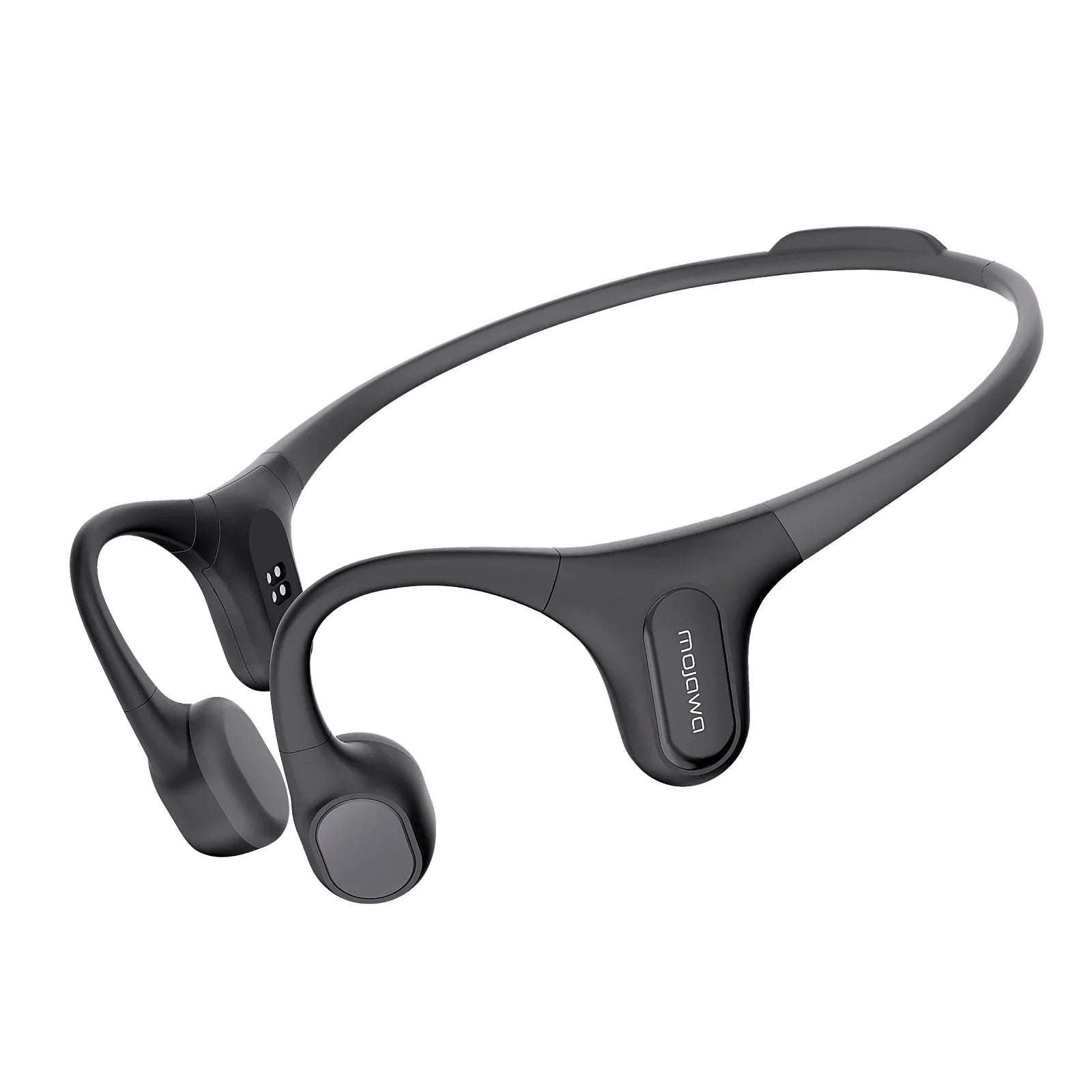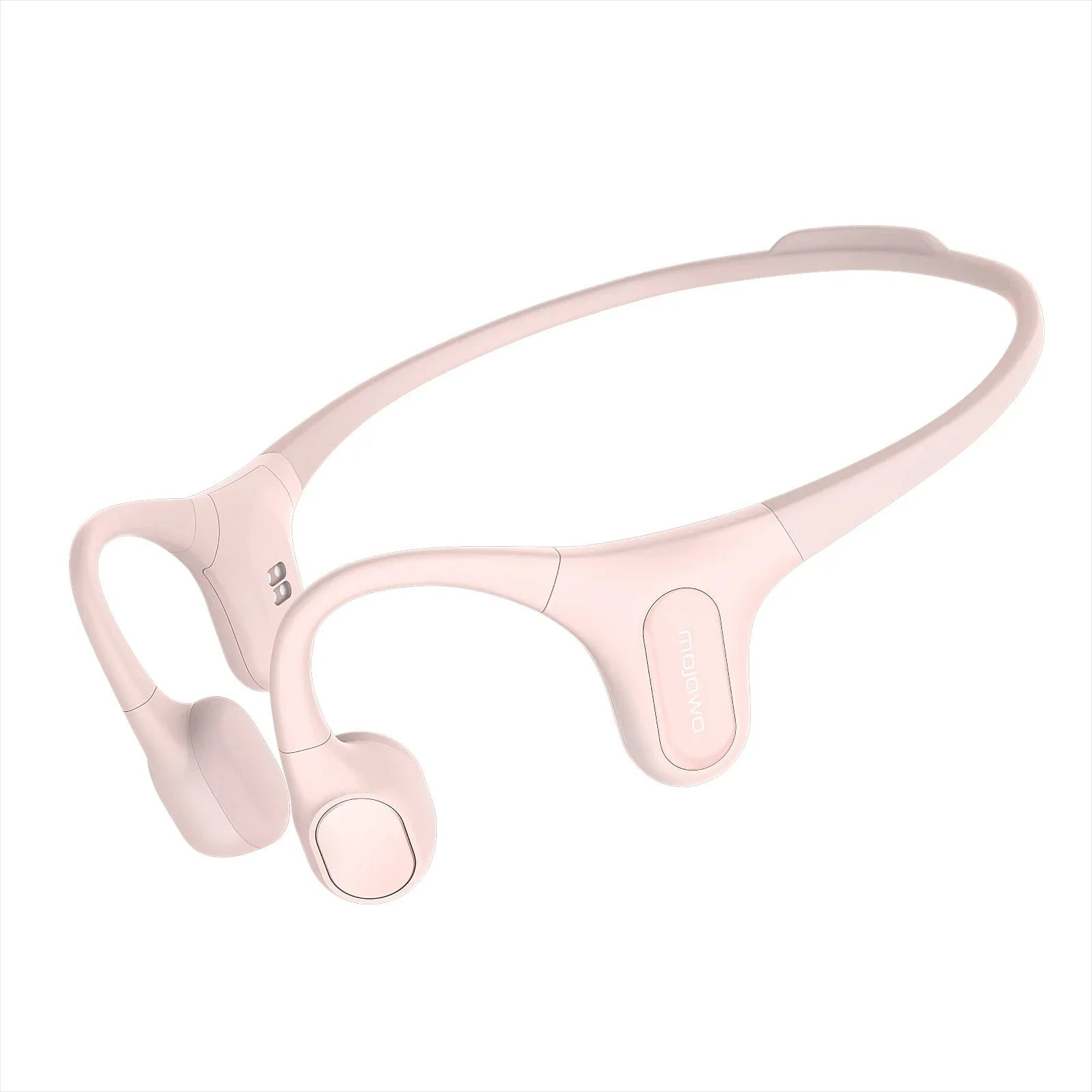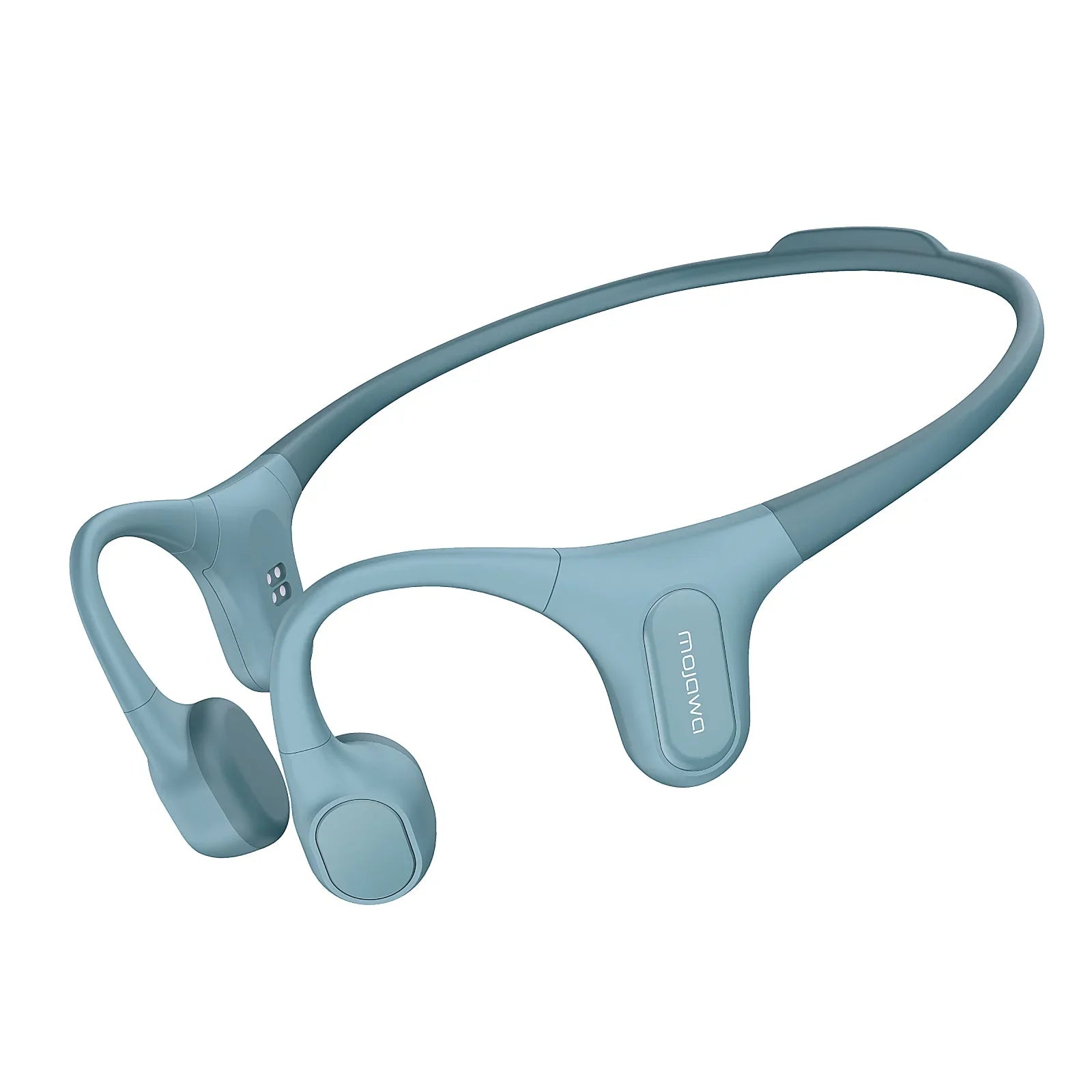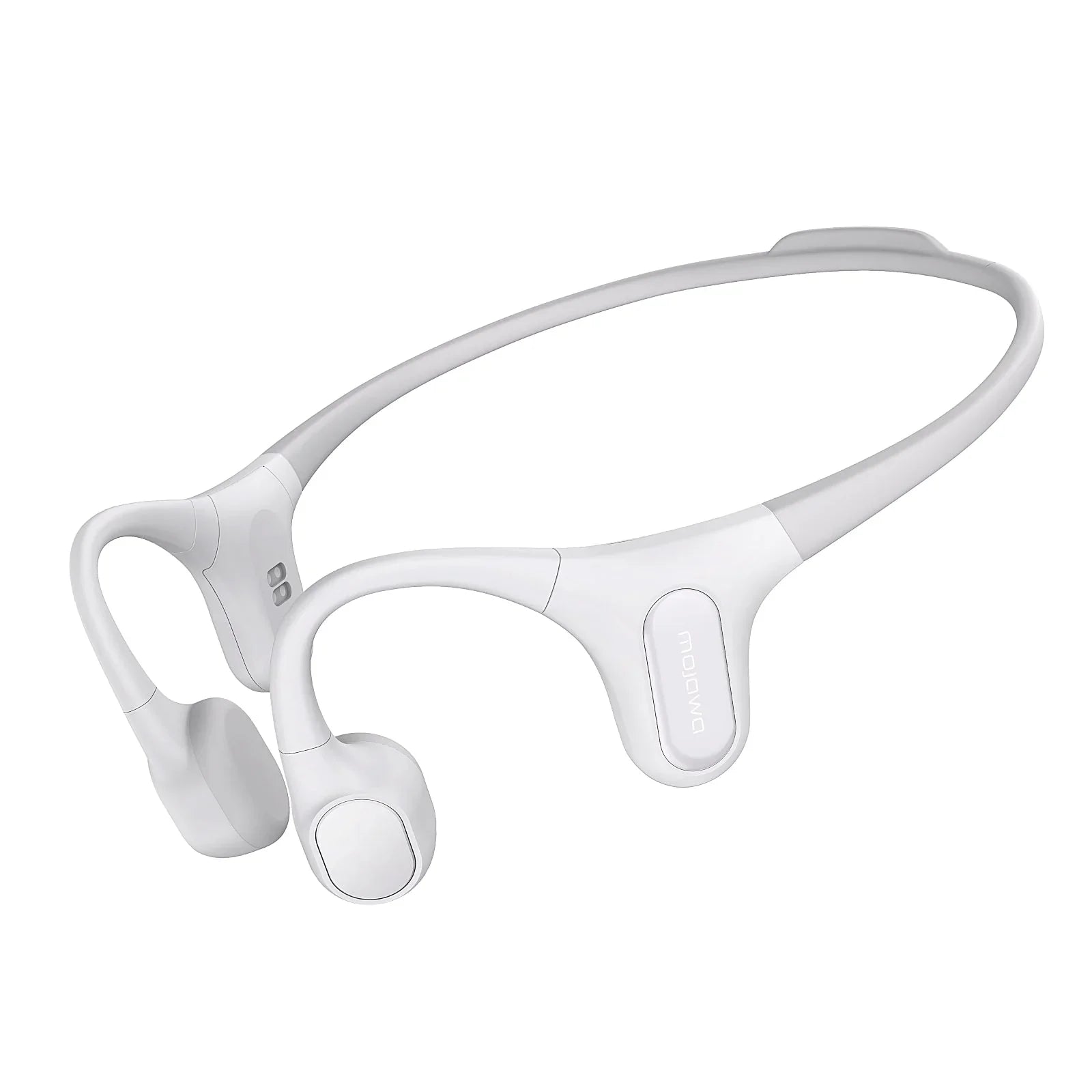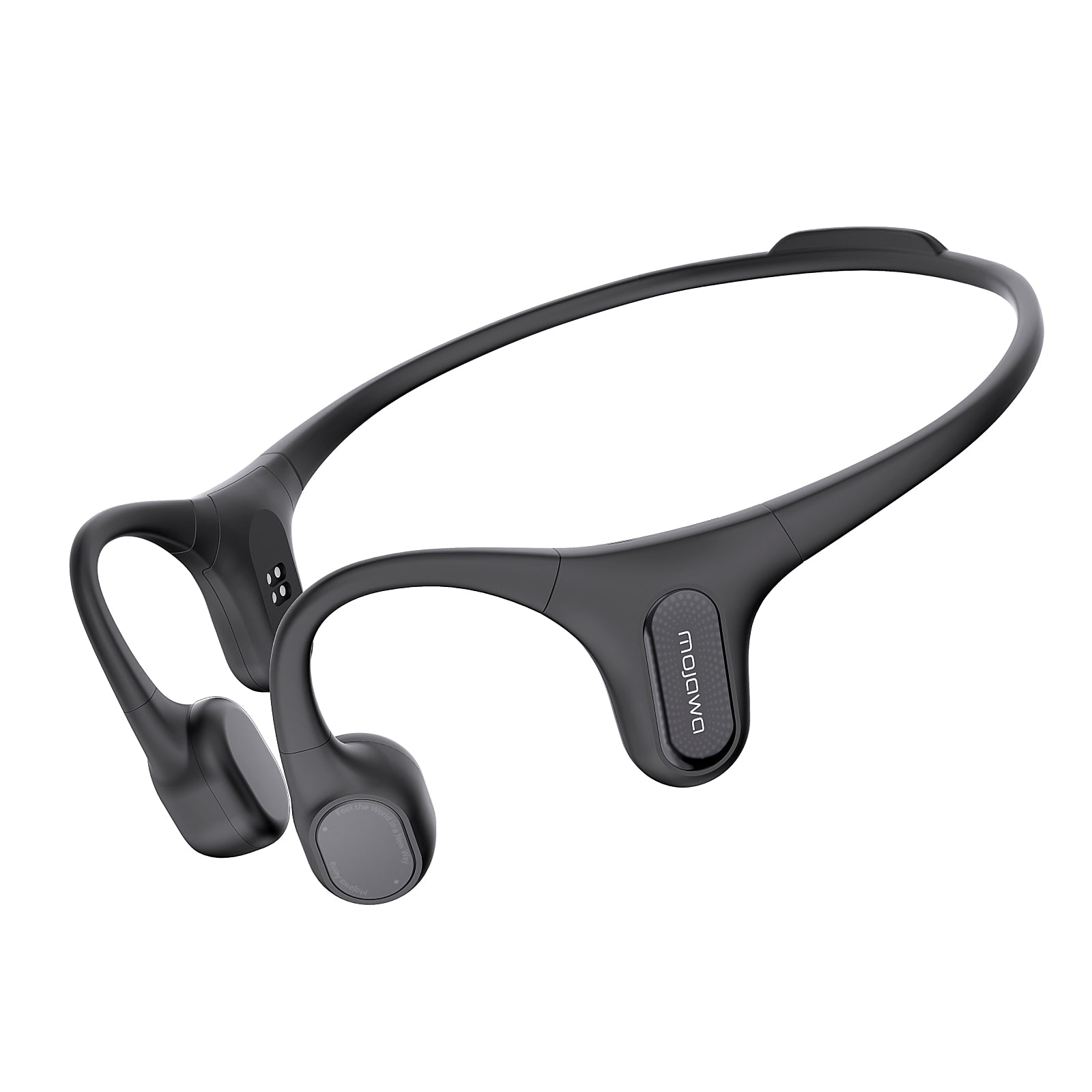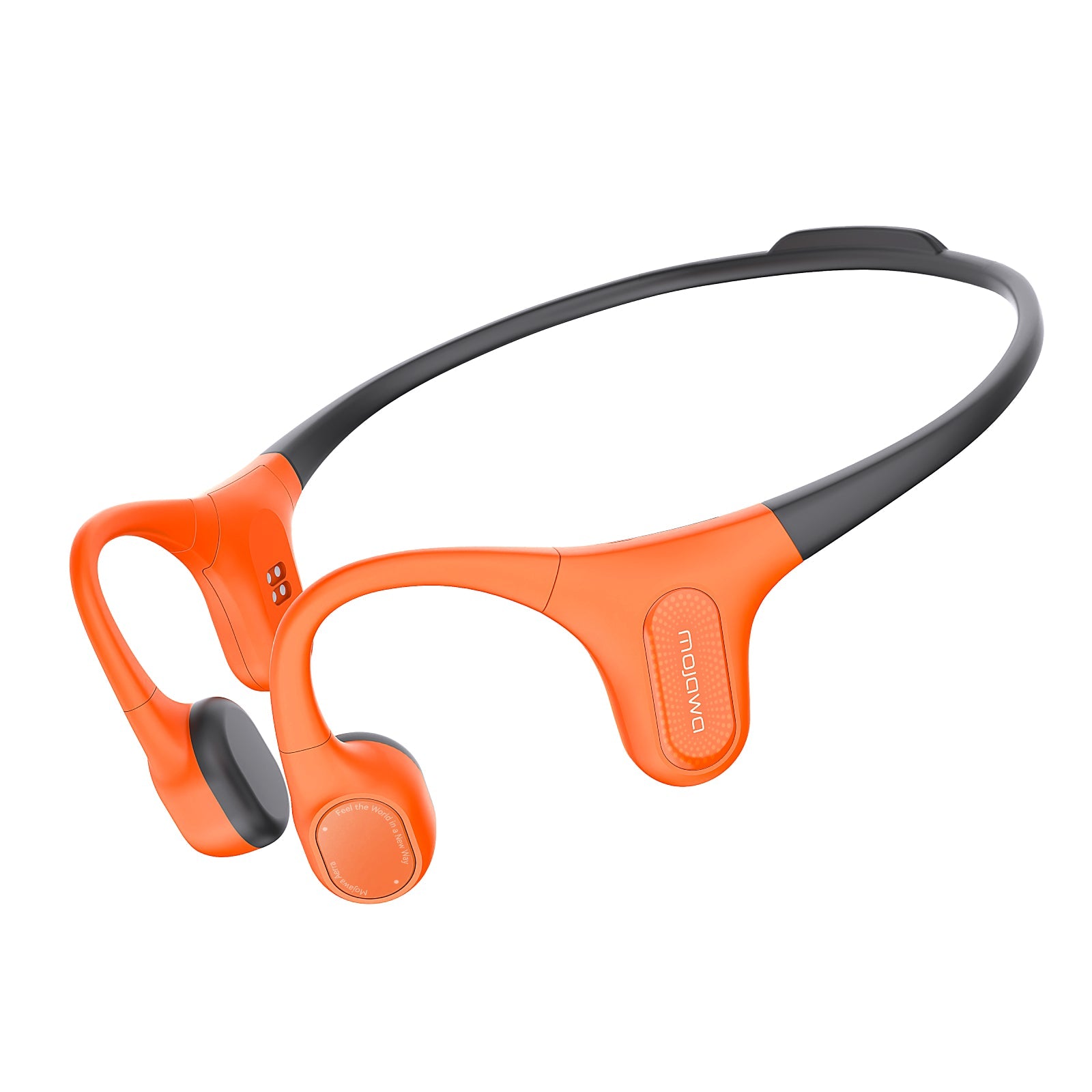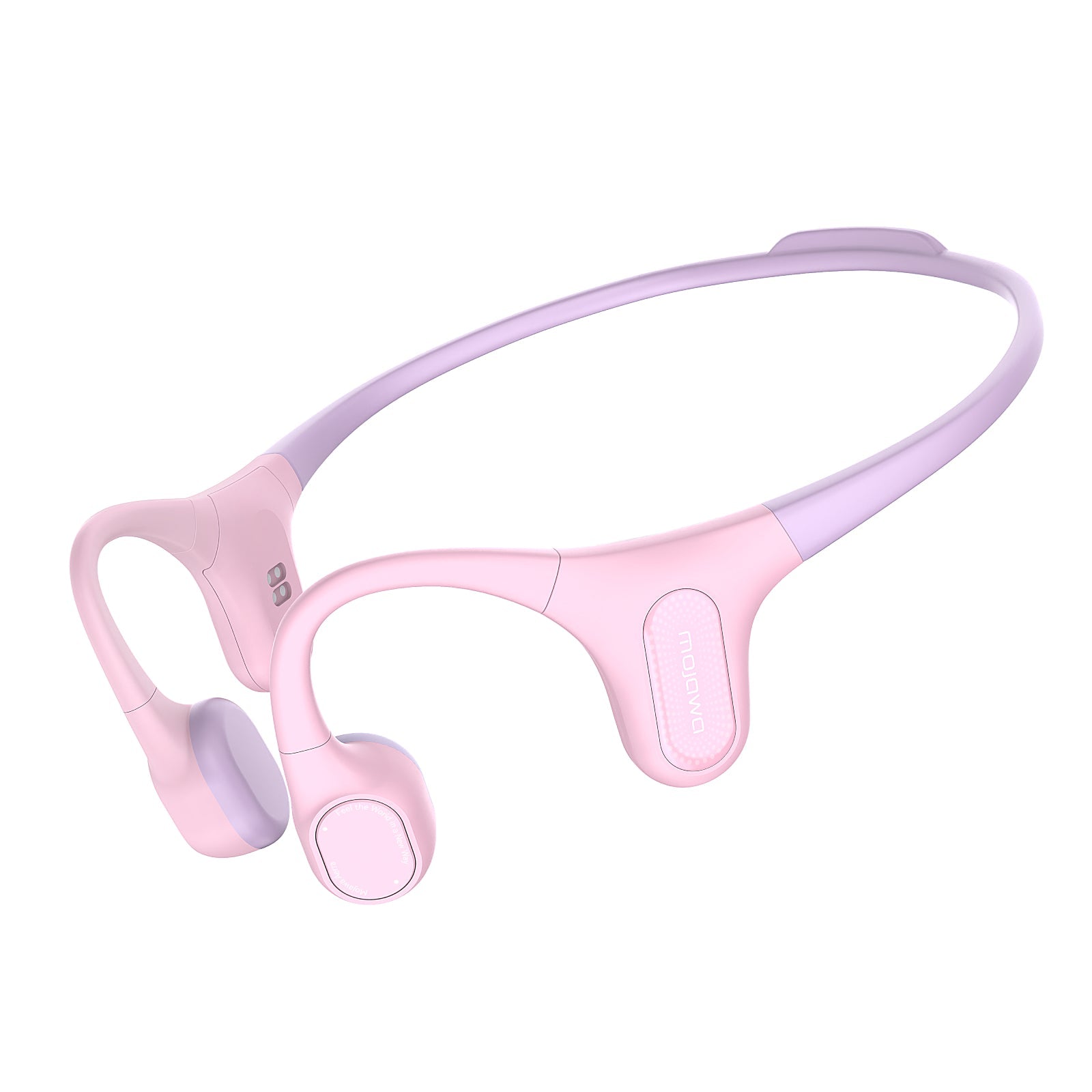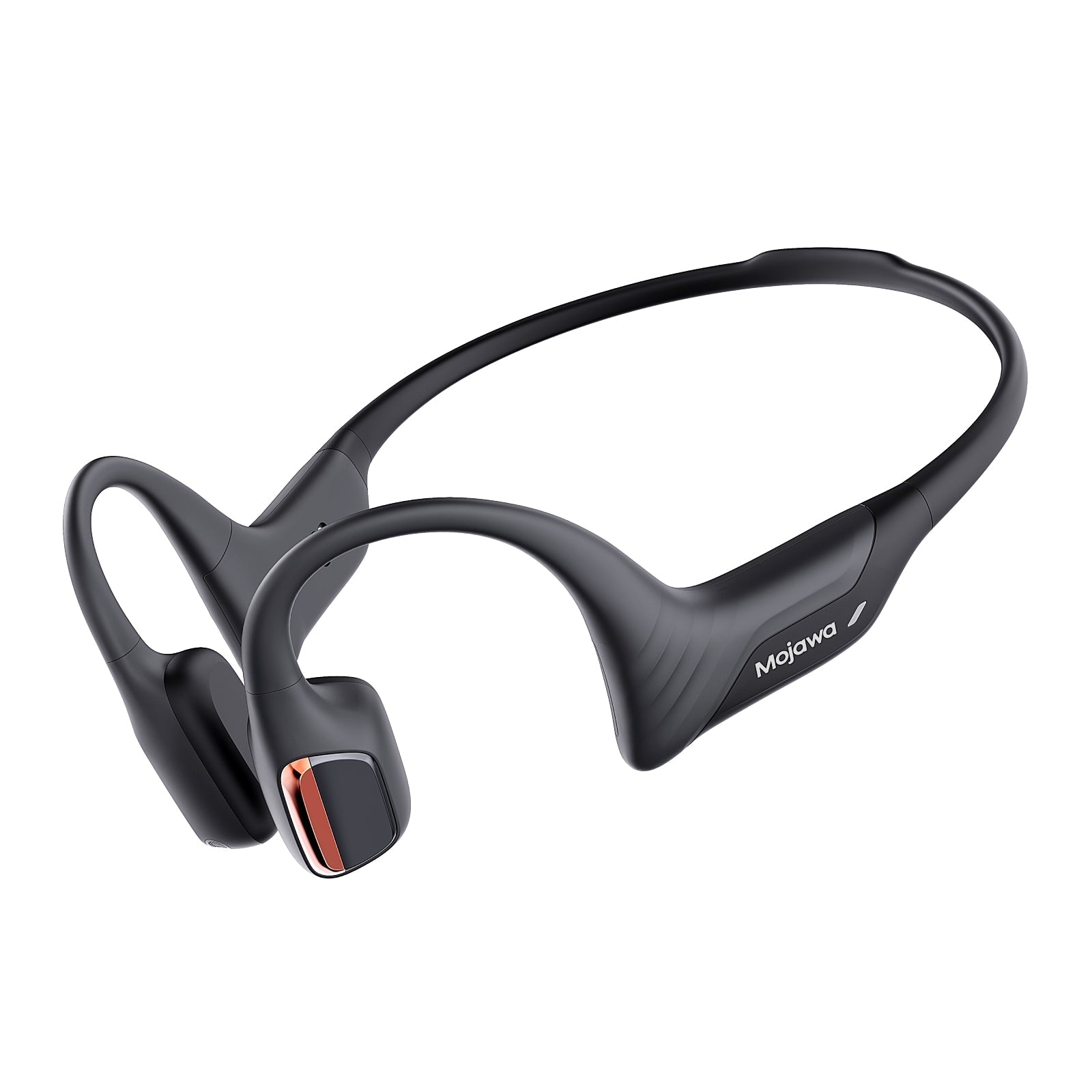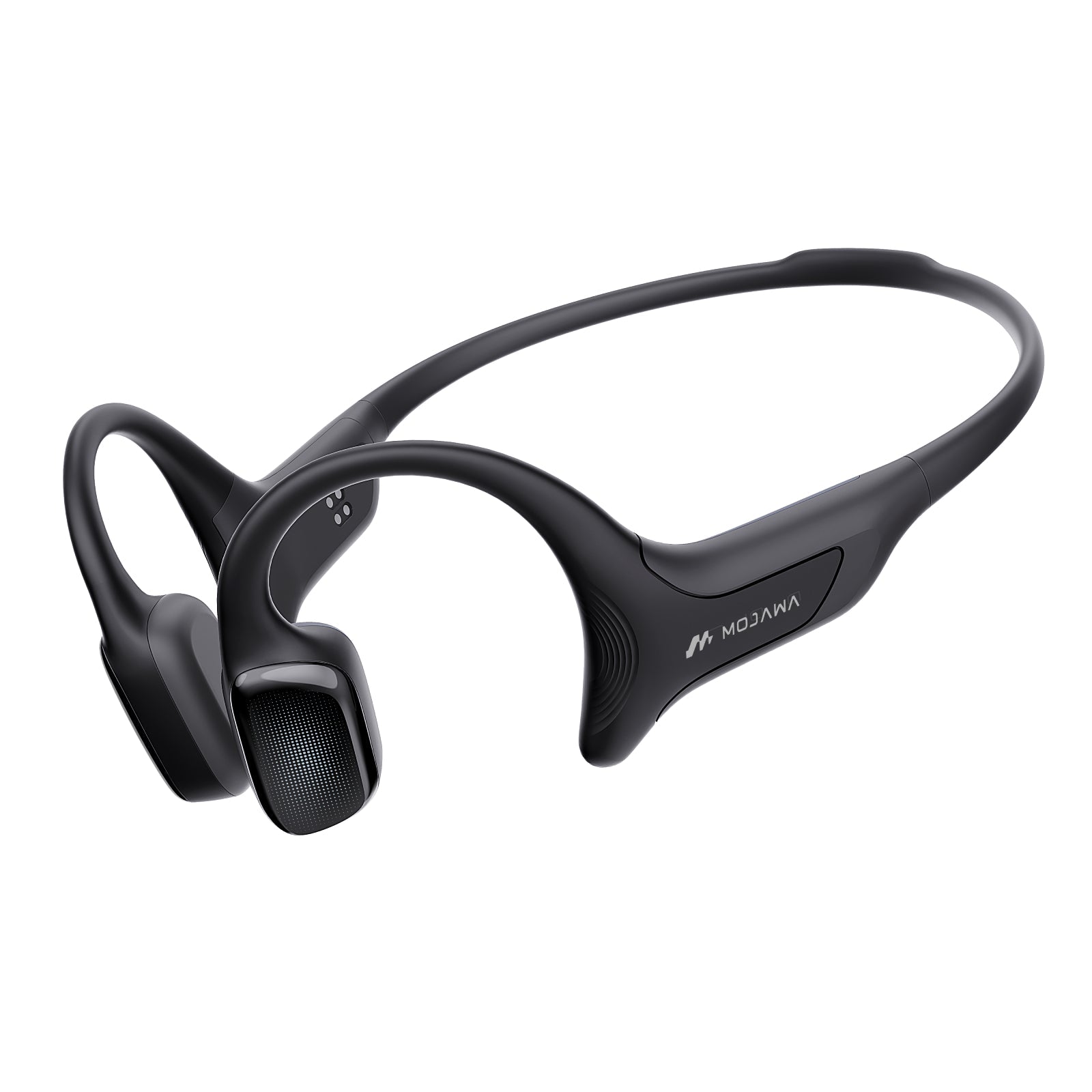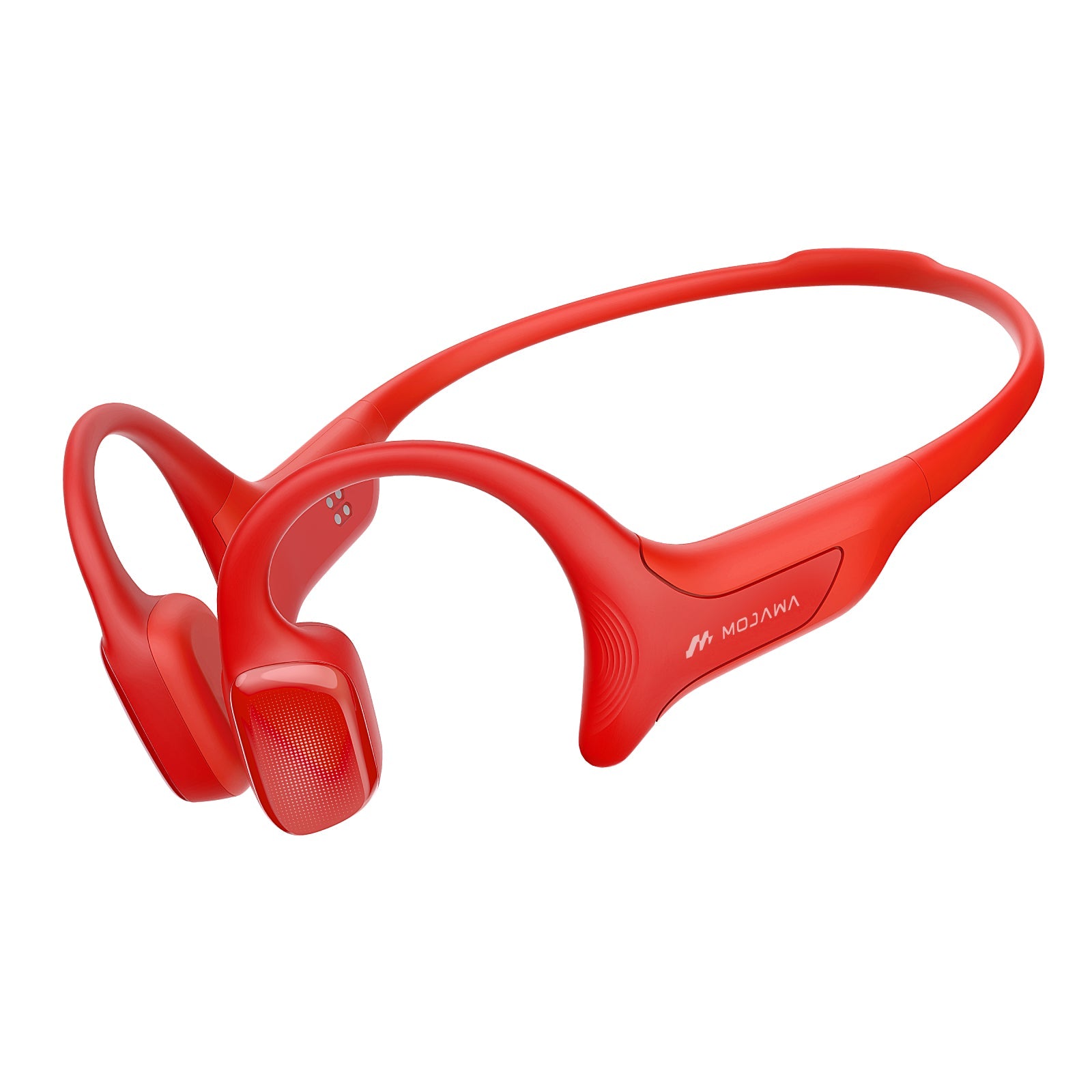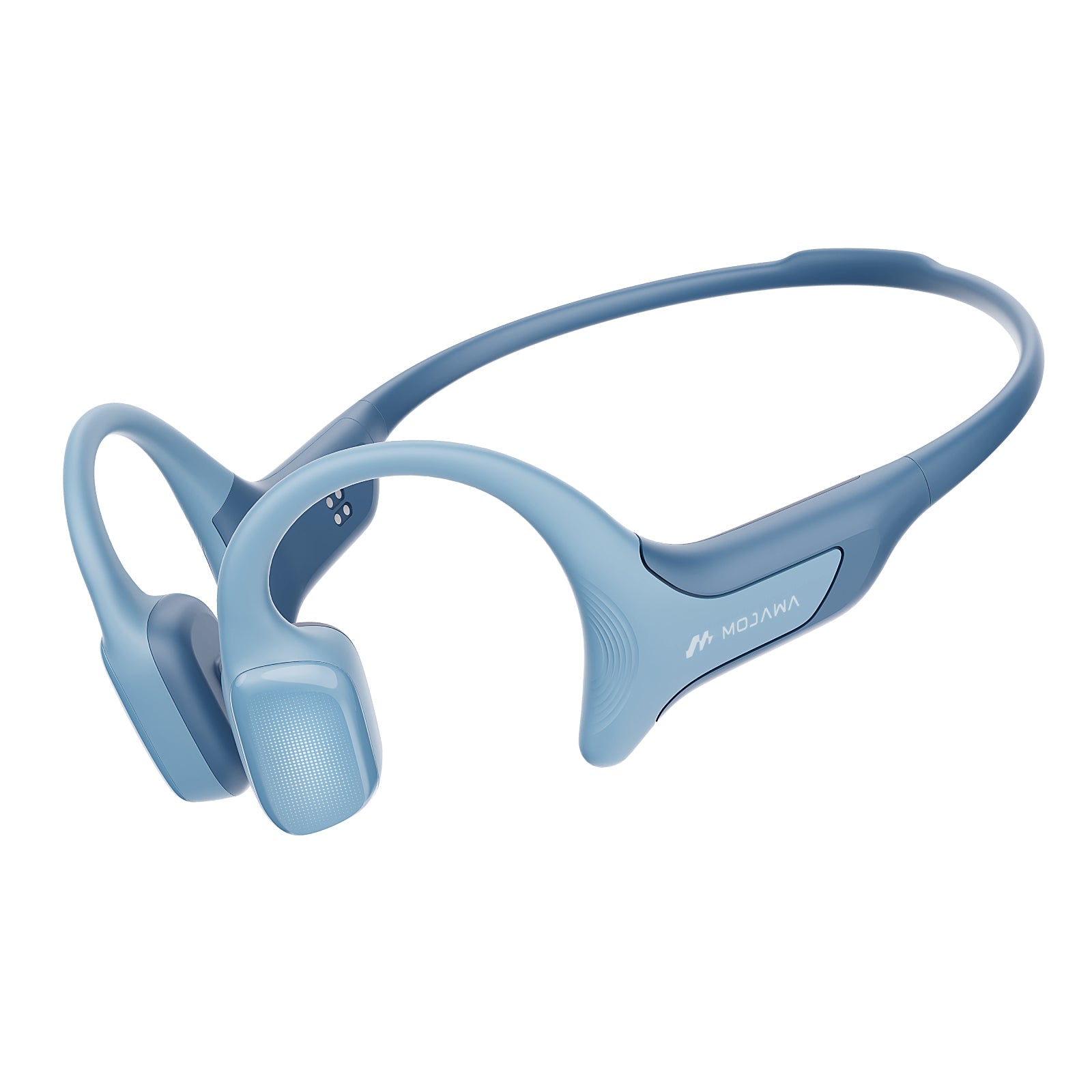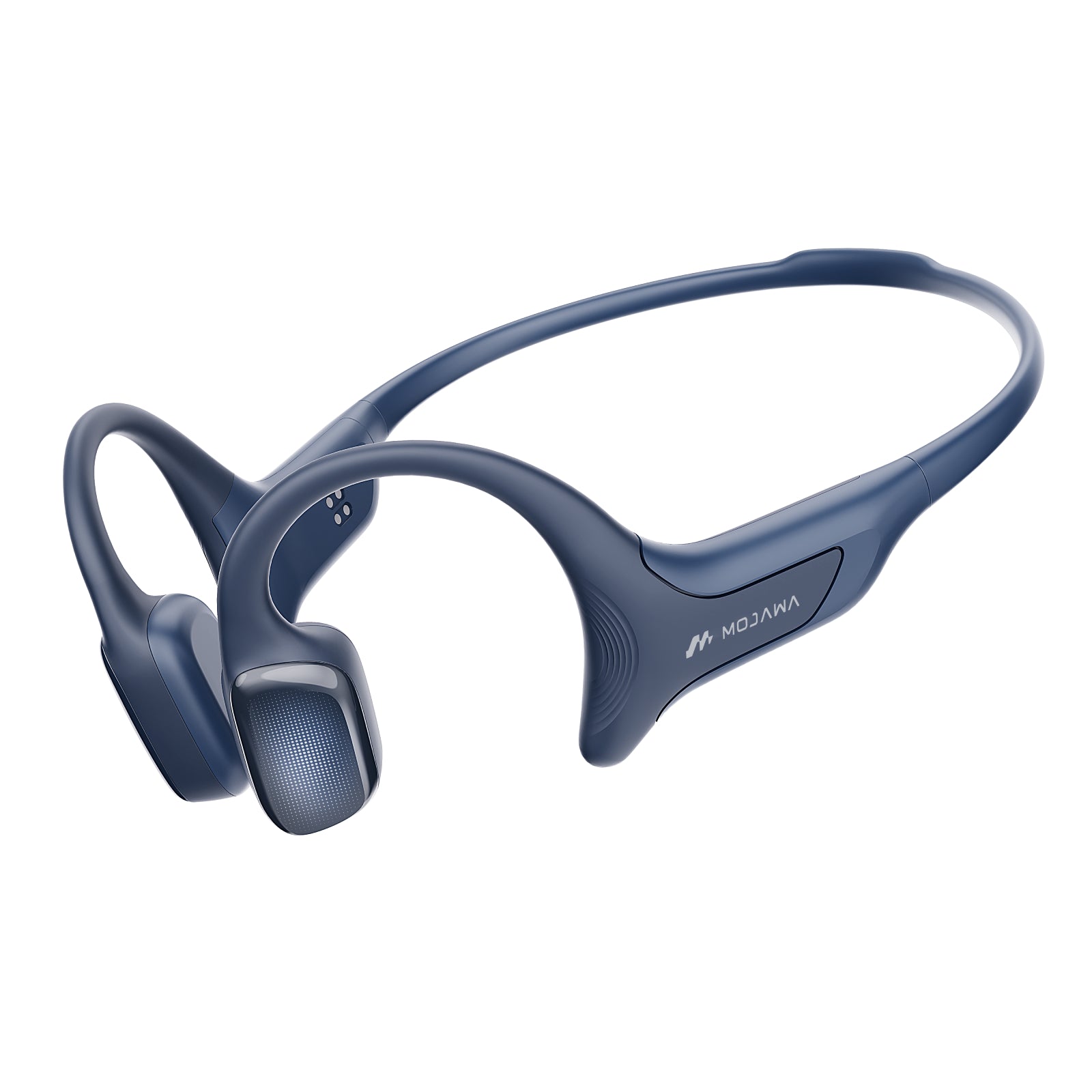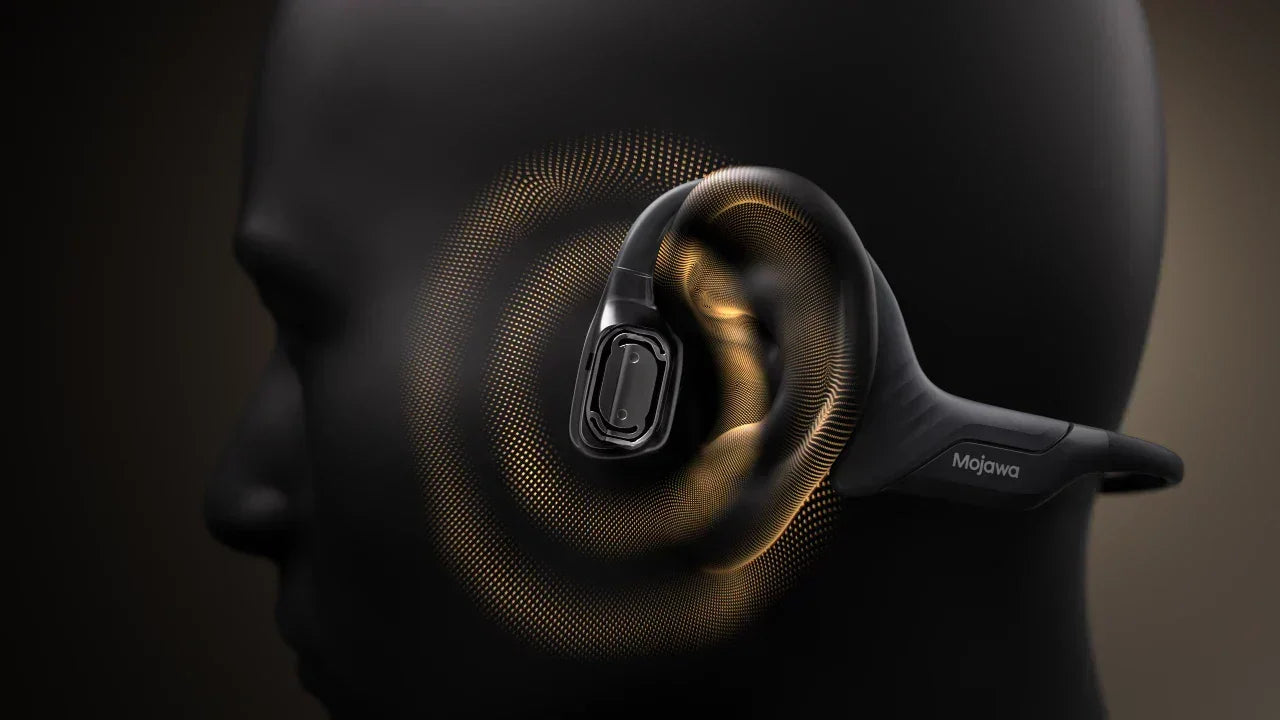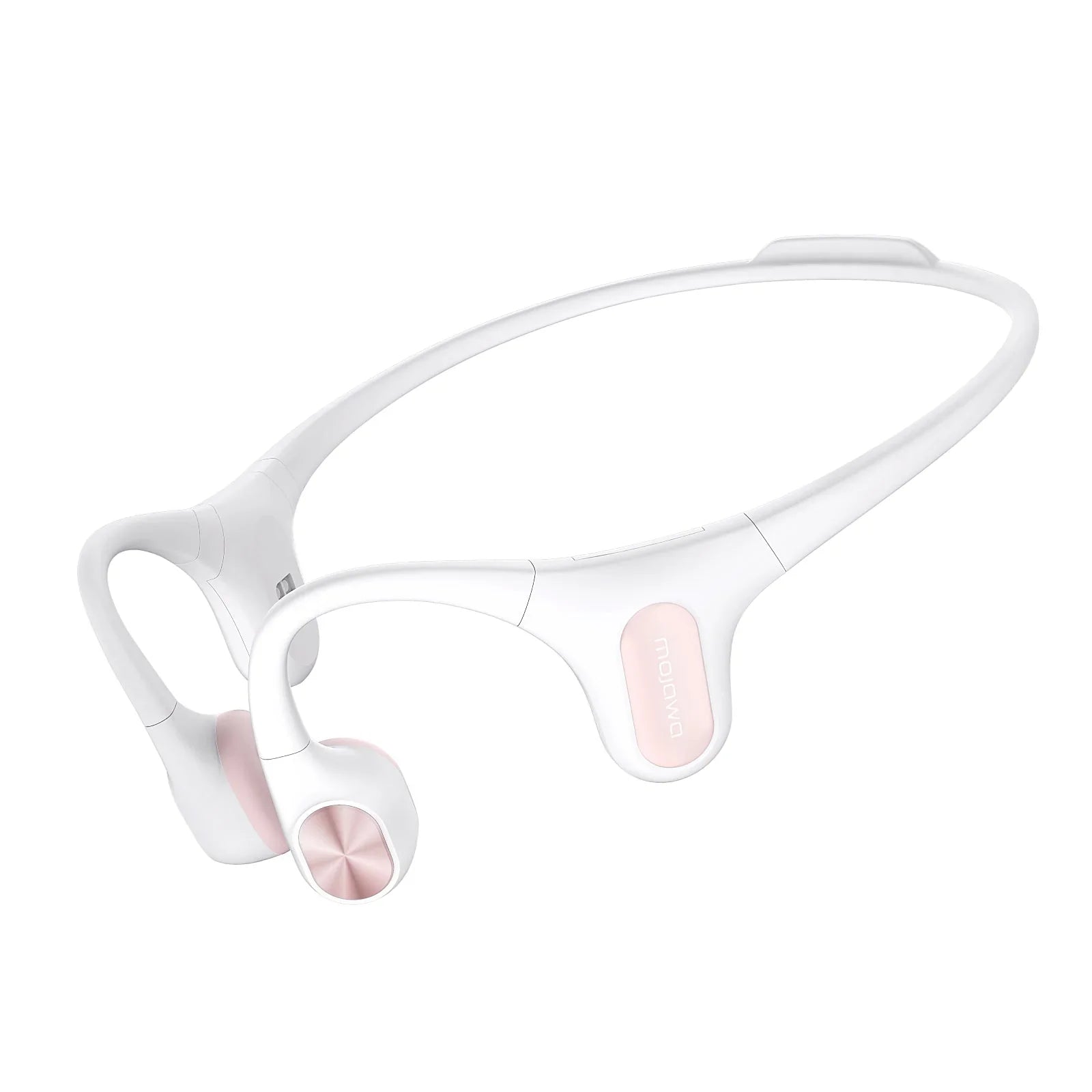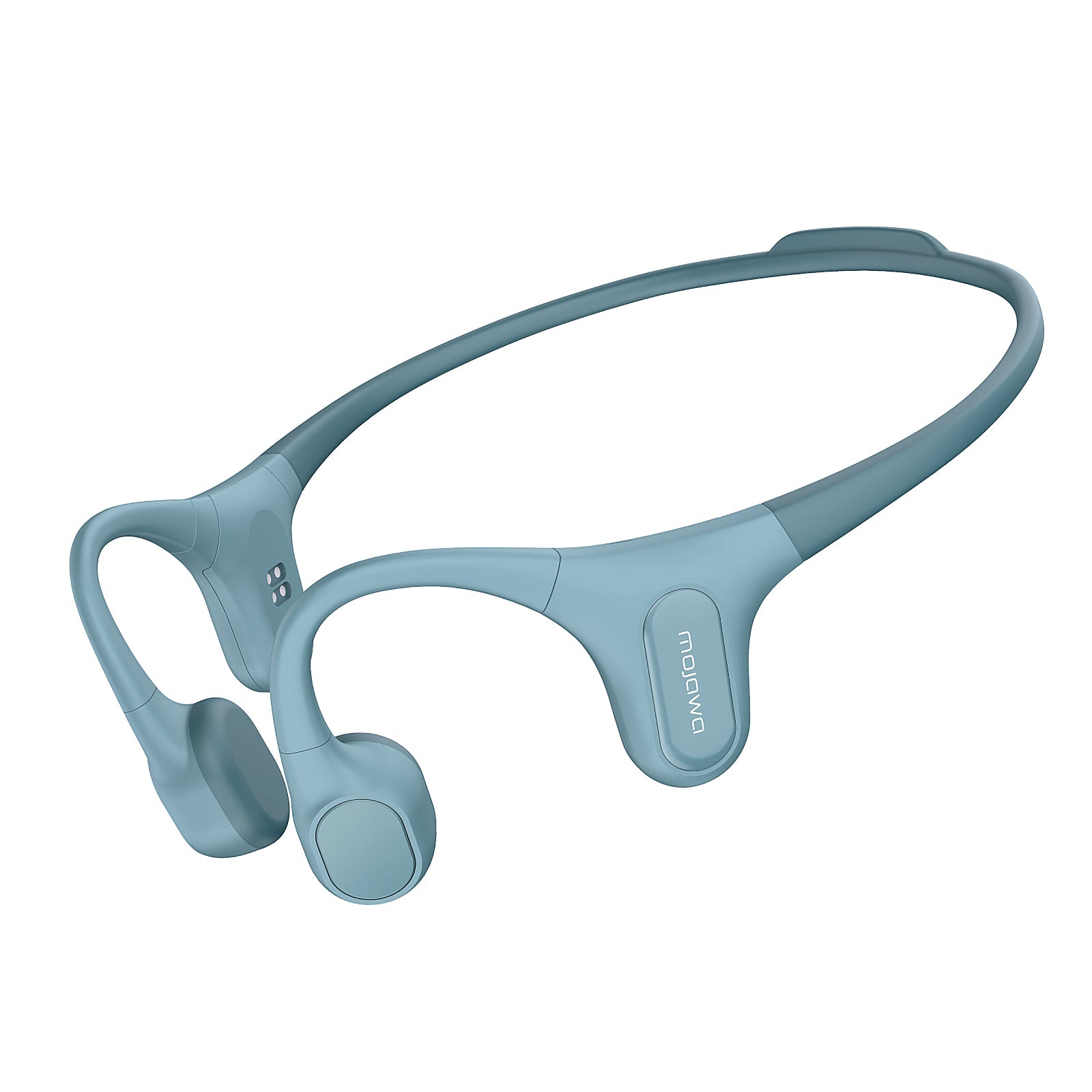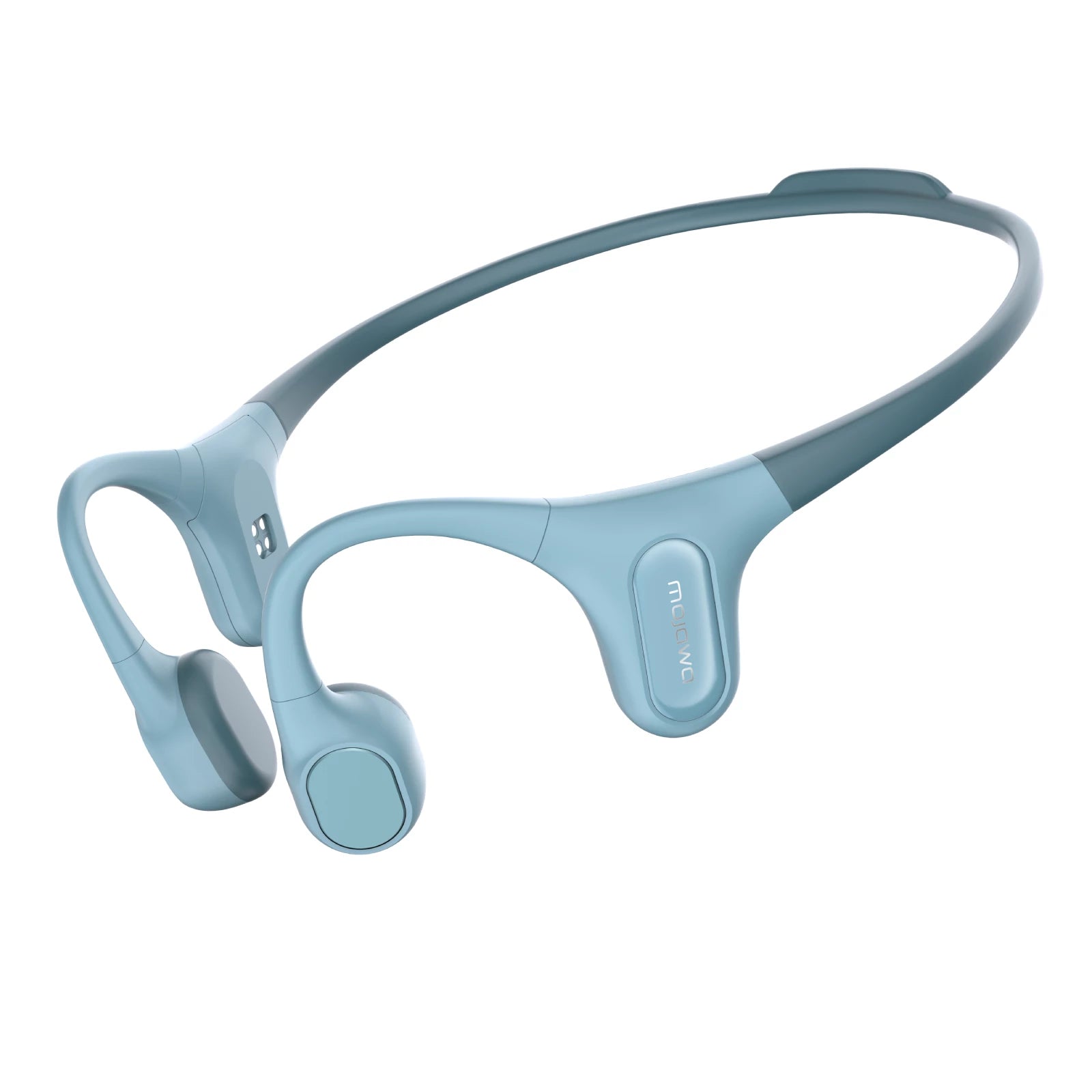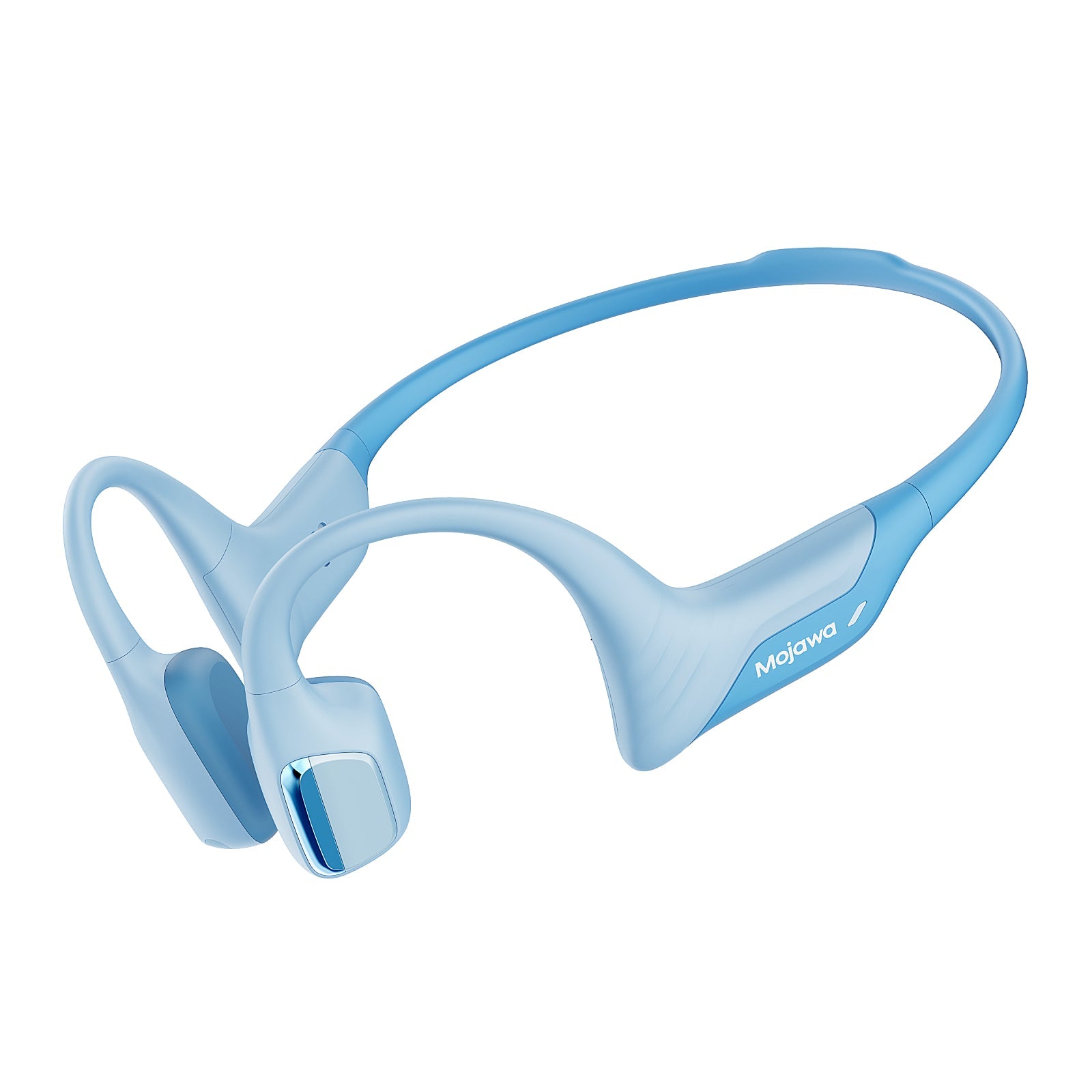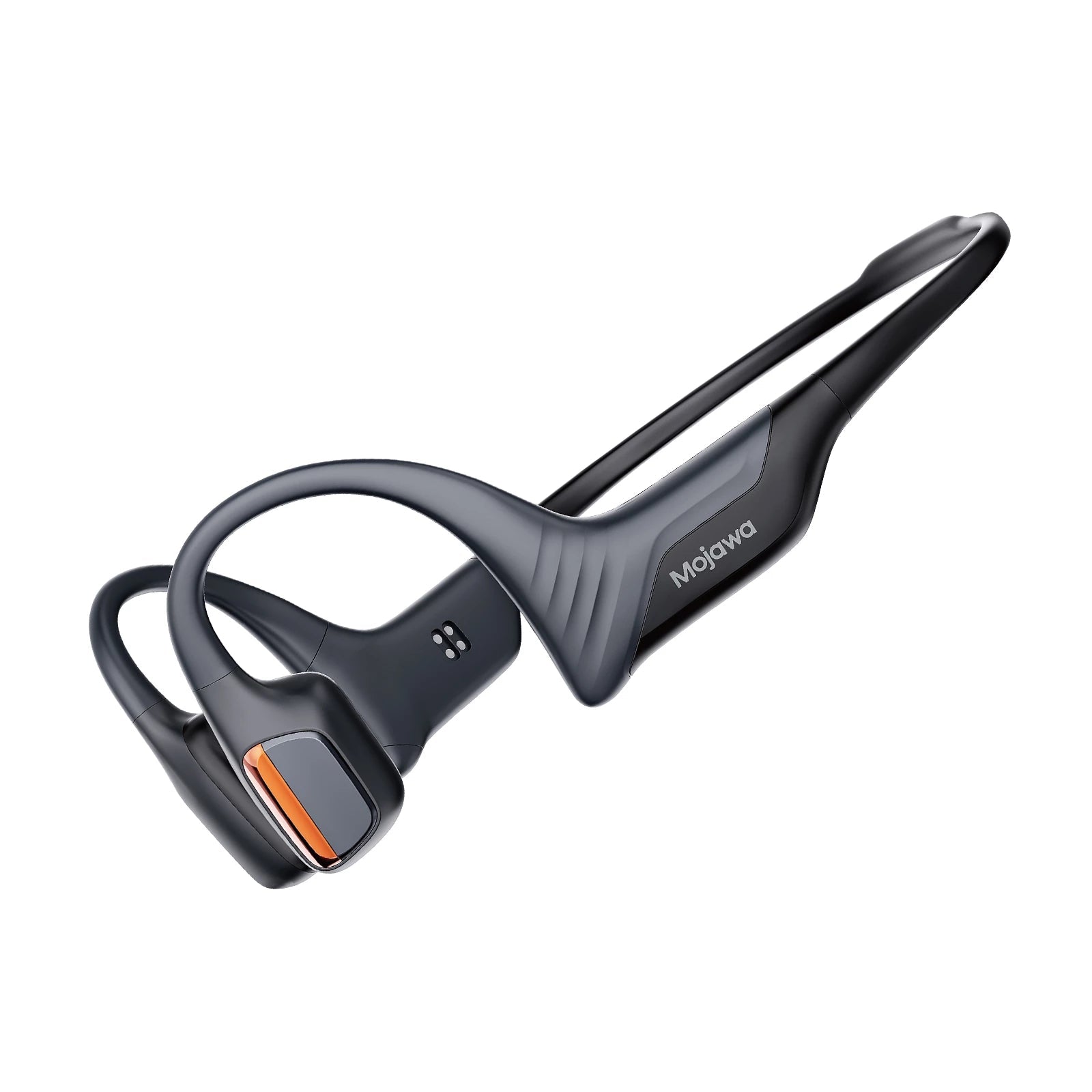Navigation
- What is Air Conduction?
- What Is Bone Conduction?
- Air Conduction vs. Bone Conduction: Which Is Better?
- Air Conduction vs Bone Conduction: Which Should You Go For?
- Conclusion
Whether you're an athlete, audiophile, or casual listener, selecting the right type of headphones is an important decision. The two main delivery methods are air conduction and bone conduction, each with its own pros and cons depending on your needs and preferences. This article breaks down the key differences to help determine which may be better for you.
What is Air Conduction?
Air conduction is the traditional way sound waves travel through the air into our ears. This is how most conventional headphones and speakers work.
With air conduction headphones, also called conventional headphones, the sound is delivered to the ear canal through the air. Mini speakers inside the ear cups produce vibrations that travel through the air and into the ear canal. The audio signals then interact with the eardrum, triggering the cochlea and allowing the brain to perceive the sound.

Key features of air conduction headphones:
- Ear pads create a seal around the outer ear for optimal sound delivery and noise isolation. This prevents external noise from interfering with your audio.
- Drivers (speakers) in each ear cup vibrate to push air particles into the ear canal to create sound waves. Higher-quality drivers can produce crisper treble and deeper bass.
- Cables or wireless Bluetooth connectivity transmit the audio signal from your device to the headphones. Wireless provides more freedom of movement.
- Compatible with phones, computers, TVs, gaming systems and other audio devices that have a headphone jack or Bluetooth connectivity.
- Provides a familiar listening experience similar to earbuds that many users are accustomed to.
- Available in a wide range of styles and prices from budget models to high-end audiophile headphones. Larger drivers and better construction improve sound quality.
- Closed-back models help block out external noise while open-back allow you to remain aware of your surroundings.
- Comfort features like padded headbands and breathable ear pads make prolonged use easier.
So in summary, air conduction headphones are the traditional choice that most consumers opt for. They provide a direct listening experience in a familiar form factor.
What Is Bone Conduction?
Bone conduction technology works on a completely different principle than air conduction. Rather than delivering sound through the ear canal, bone conduction vibrates the skull and facial bones to transmit audio signals directly to the inner ear. This allows the person to perceive sound without blocking or occupying the ear canal.

The key aspects of bone conduction headphones include:
- It leaves the ear canal open, allowing environmental sounds to still be heard. This is useful for situational awareness when listening to the audio on the go.
- It does not put pressure directly into the ear canal, reducing the discomfort that can come from having earbuds inserted. Bone conduction headphones can be worn comfortably for longer periods.
- The vibration pathway is different, making bone conduction useful for those with conductive hearing loss, ear infections or blockages that prevent normal air conduction hearing.
- Bone conduction continues to work underwater or in dirty environments where regular headphones would fail or get damaged. For this reason, it is popular for swimming and sports headphones.
Bone conduction has uses beyond just headphones. It is also used in some hearing aid devices and for audio input during surgeries. Research continues on medical and audio applications for this interesting alternative form of sound transmission.
Air Conduction vs. Bone Conduction: Which Is Better?
Now that we understand the fundamental differences between air and bone conduction technologies, let's compare them across some key factors:
Sound Quality - Most audiophiles agree air conduction headphones produces richer, deeper bass and a fuller, more robust sound profile thanks to direct acoustic delivery through the ear canal. However, bone conduction sound quality has improved greatly and is quite good for music enjoyment on the go.
Comfort - Bone headphones distributes weight and pressure points along the jawline rather than concentrating it inside the ears. This makes them far more comfortable to wear for extended periods. Air conduction headphone requires sealing the ears which can cause heat, soreness or tightness.
Ambient Noise - Ear bone conduction delivers audio without blocking external sounds while air conduction provides impressive noise isolation. For situations requiring awareness of surroundings like cycling or skiing, bone conduction has a clear advantage.
Durability - Without vulnerable driver components inside the ears, bone conduction models tend to hold up better to sweat, water and rough handling during activities. Air conduction must be carefully stored to avoid moisture damage.
Portability - Air conduction options are usually larger with more swappable components that could get lost or damaged. Bone conduction achieves a sleeker profile in a single lightweight chassis that slips into pockets easily.
Workout Compatibility - Sweat resistance, lack of ear obstruction and respiratory friendliness make bone conduction a better choice for intense exercise. Air conduction poses drainage and safety issues for certain athletic scenarios.
In summary, for pure audio quality air conduction headphones takes the lead. But bones headphones are more versatile, comfy and suited to active lifestyles since they don't block ambient sound or the ear canal itself. The right choice depends on your specific needs and preferences.

Air Conduction vs Bone Conduction: Which Should You Go For?
Now that we've broken down the core differences, here are some general guidelines on when each technology makes the most sense:
- Air conduction headphones are best if sound quality is your top priority and you'll be wearing headphones for long music listening sessions in a quiet environment. Studio monitoring, home theaters and audiophile applications favor air conduction.
- Bones headphones works better for fitness, sports, and outdoor activities where you need peripheral awareness. The open design allows ambient sounds in while music plays, creating a safer option for running, cycling, swimming etc.
- Those with ear issues like ear infections, earplug intolerance or ear deformities are usually more comfortable with bone conduction that doesn't block the ear canal or require insertion.
- Jobs involving dangerous machinery or heavy traffic environments require hearing all sounds clearly. Bone conduction lets emergency workers, construction crews and more pay attention to their surroundings.
- Outdoor lifestyles that get earbuds wet frequently are better served by water-resistant bone conduction models that can withstand sweat and weather.
- Honeymooners, parents with sleeping babies nearby, people who like bringing music everywhere discretely will appreciate bone conduction's subtle open design.
- Value seekers on a budget often find bone conduction delivers great performance at a more affordable price point versus high-end air conduction models.
Ultimately, consider your unique audio needs and daily living scenarios. Demo both in-store if possible to feel the difference. Then choose air conduction for critical listening quietly at home or bone conduction for active use cases involving sound awareness, comfort and durability required outdoors.
Conclusion
Whether you land on air conduction or bone conduction headphones depends on balancing factors like your priorities, environment and lifestyle. Both deliver quality sound but in divergent ways suited to varying use cases. Taking the time to understand the technological differences and which benefits matter most will help you pick the right conduction headphones. Consult reviews, try demo units when possible, and choose wisely based on delivering an optimal listening experience for your personal needs and budget. With careful consideration of the pros, cons and application factors covered here, you're sure to end up with headphones that live up to your requirements.
Read More
- Sports-Ready: Bone Conduction Headphones for Sports– mojawa
- From Swimming to Showering: Exploring the IP68 Waterproof Performance of Bone Conduction Headphones– mojawa
- Unlocking the Potential of 32GB Internal Storage in Bone Conduction Headphones– mojawa
- The Power of Bass: Unraveling Our Instinctive Connection to Low Frequencies– mojawa
- Open-Ear Headphones: Stay Connected and Safe with Ambient Sound Awareness– mojawa


